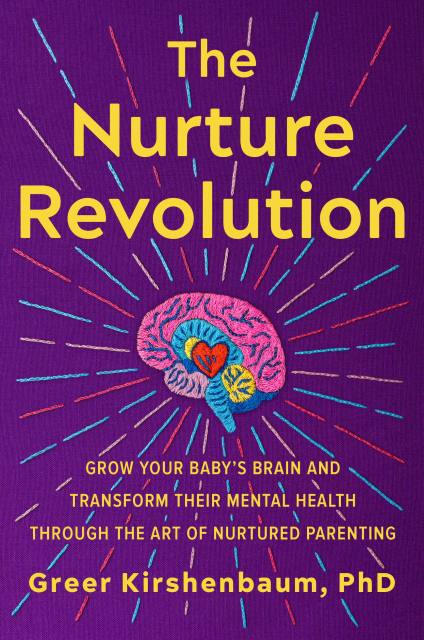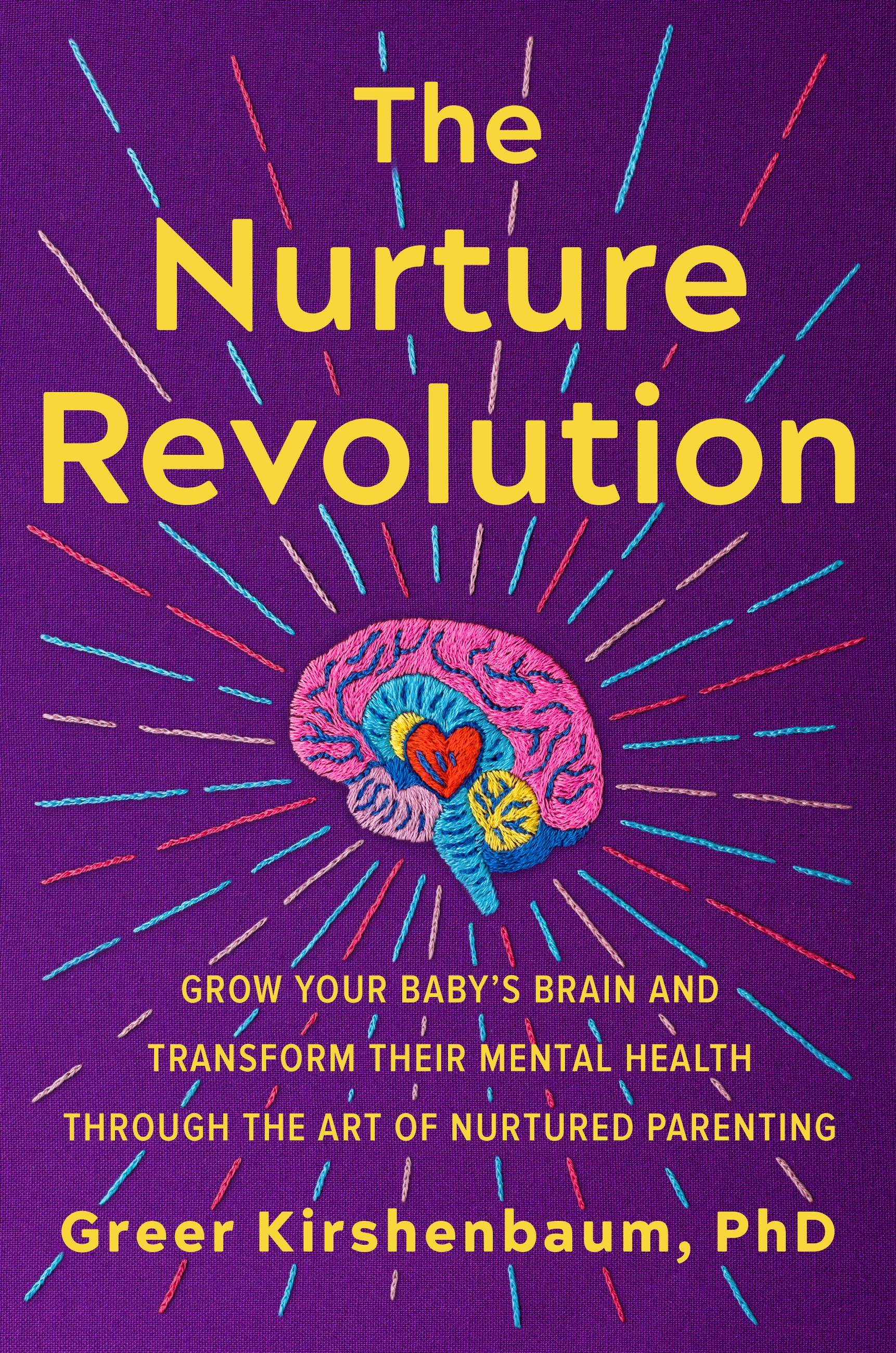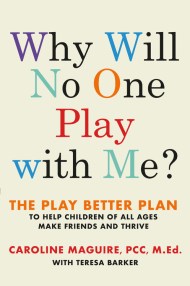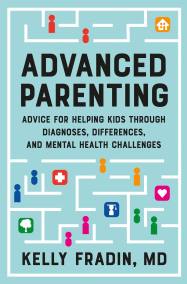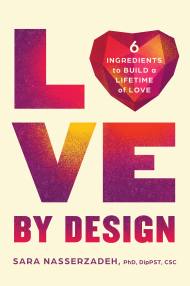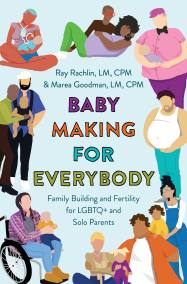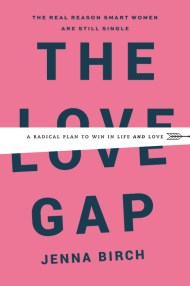Promotion
Use code MOM24 for 20% off site wide + free shipping over $45
The Nurture Revolution
Grow Your Baby's Brain and Transform Their Mental Health through the Art of Nurtured Parenting
Contributors
Formats and Prices
Price
$14.99Price
$19.99 CADFormat
Format:
- ebook $14.99 $19.99 CAD
- Hardcover $29.00 $37.00 CAD
- Audiobook Download (Unabridged) $27.99
- Trade Paperback $21.99 $28.99 CAD
This item is a preorder. Your payment method will be charged immediately, and the product is expected to ship on or around June 20, 2023. This date is subject to change due to shipping delays beyond our control.
Also available from:
Greer Kirshenbaum, PhD. is a neuroscientist, doula, and parent. Her work began with the goal of developing new treatments for poor mental health; she dreamed of creating a new medication to address conditions like anxiety, depression, addiction, and chronic stress. Over time, she realized that science had already uncovered a powerful medicine for alleviating mental health struggles, but the answer wasn’t a pill. It was a preventative approach: when babies' receive nurturing care in the first three years of life, it builds strong, resilient brains — brains that are less susceptible to poor mental health.
How can parents best set their children up for success? In this revelatory book, Dr. Kirshenbaum makes plain that nurture is a preventative medicine against mental health issues. She challenges the idea that the way to cultivate independence is through letting babies cry it out or sleep alone; instead, the way to raise a confident, securely attached child is to lean in to nurture, to hold your infant as much as you want, support their emotions, engage in back-and-forth conversations, be present and compassionate when your baby is stressed, and share sleep. Research has proven that nurturing experiences transform lives. Nurturing is a gift of resilience and health parents can give the next generation simply by following their instincts to care for their young.
Genre:
-
“The Nurture Revolution provides parents with the knowledge, guidance, and permission to leave behind outdated practices, and prioritize what matters most. Distilling years of neuroscience and parenting science into a practical, transformative way of being with our infants, this book will help create lifelong health and happiness for families and for generations to come.”Tina Payne Bryson, L.C.S.W., Ph.D., New York Times Bestselling co-author of The Whole-Brain Child & No-Drama Discipline, and author of The Bottom Line for Baby
-
“Dr Kirshenbaum as a neuroscientist, and Greer as a mother, weaves an inspiring narrative about the developing brains of both baby and parents. These insights regarding the latest research of neurobiology and concepts like “nurtured empathy” are gold. The Nurture Revolution offers an inspiring approach for parents to navigate both the early days and early years of parenthood.”Dr. Oscar Serrallach MBChB, FRACGP, integrative GP at The Health Lodge, author of The Postnatal Depletion Cure
-
“This essential book offers key techniques for nurtured parenting, which can create new cycles of intergenerational mental wellness, ensuring that no matter what life challenges may arise, inner resilience and capacity to cope and thrive endure.”Sayida Peprah-Wilson, PsyD, Dr. Sayida Uplifts LLC
-
“There is no more important job than nurtured parenting. Greer Kirshenbaum is a unique scholar in infant neurobiology and mental health, parent educator, and doula. In the first three years of life, the infant’s critical brain circuits are the most influenced by parenting and experience. Dr. Kirshenbaum teaches us that nurturing care has a dramatic effect on the infant’s genetics, stress system, resilience, and life-long health. Read this book.”Beatrice Beebe, PhD, Clinical Professor of Psychology and Psychiatry, Columbia University Medical Center
-
"The Nurture Revolution guides parents in supporting resilient brain structures, building a strong foundation for a secure life. This book can improve your baby’s mental and physical health, whether you read it when you’re pregnant, have a young baby, or even if you are the parent of an older child."Amir Levine, Associate Professor of Clinical Psychiatry, Division of Child and Adolescent Psychiatry, Department of Psychiatry, Columbia University, Co-Author of Attached. The New Science of Adult Attachment and How it Can Help You Find—and Keep, Love
-
“Neuroscientist, Doula, and Mother: Kirshenbaum uses her unique perspective as a springboard for describing the many ways that neuroscience informs the need for a nurturing approach to raising your infant.”E. David Leonardo, M.D., Ph.D., Associate Professor of Psychiatry at Columbia University Medical Center.
-
“The Nurture Revolution is a must-read book for all caregivers. Dr. Kirshenbaum eloquently and passionately takes a topic that can be somewhat daunting - neuroscience - and simplifies it in a way that everyone can understand. The ways in which we nurture our children shapes the way their brains grow. Will we nurture them in a way that grows a healthy, resilient brain that can navigate stress with ease? The Nurture Revolution shows you exactly how to do just that by breaking generational cycles and parenting through unconditional love. This is a book your baby wants you to read! It is a paradigm-shifter our culture has been waiting for.”Tracy Gillett, Founder of Raised Good
-
“I physically breathed a sigh of relief reading this book … finally, we have a resource that fully captures the strong evidence we need to affect change in the parenting landscape!Carly Grubb, Founder and Managing Director of Little Sparklers, home of The Beyond Sleep Training Project
Nurturing is crucial to the mental health of babies AND to their parents!” -
“Too many people are unaware how important the first few years are for neurological growth and the impacts our experiences have on the rest of our life. Greer presents cutting-edge research in a reader-friendly way while also giving examples and ideas for all families to benefit from. So much of parenting is beyond our control, but this book ensures no baby or family is left behind. A needed addition to the parenting world!”Tracy Cassels, PhD, Evolutionary Parenting
-
“In this wonderful book, Dr. Greer Kirshenbaum affirms the power of nurture to positively impact the genetics and epigenetics of our babies. She not only explains the research in ways that make it easy for most parents to understand but shows how we can nurture without worrying that we might not be ‘enough’ if our circumstances aren’t ideal. As Dr. Kirshenbaum says, ‘by nurturing the baby in front of us, we are nurturing the future health of humanity and the planet.’”Pinky McKay IBCLC, author, Parenting by Heart and Sleeping Like a Baby
-
“Dr. Kirshenbaum integrates her expertise as a doula, mother, and neuroscientist to provide a unique brain science perspective on caring for your infant and yourself during a critically important early period of parenting. You will ‘grow your brain’ as you read this remarkable success in making the neuroscience of nurturing accessible to the lay public.”Alex Dranovsky, M.D., Ph.D., Columbia University
-
“In The Nurture Revolution, Dr. Kirshenbaum provides a gentle, thorough and compassionate guide to parenting young children, based on what we now know from research in neuroscience. This sensitive and caring approach to raising children is what will change our collective future for the better. I encourage every new parent, grandparent and care-giver to read this book to understand the incredible importance and positive long-term consequences of being present and attuned with the children in their lives.”Sat Dharam Kaur ND, Co-Director, Compassionate Inquiry
-
"Dr. Kirshenbaum debunks some of the most prevalent and pervasive myths about babies that most of us don’t even know we subconsciously hold. With the most current neuroscientific research, she shows parents how nurturing provides the main ingredients for optimal brain development in infants. Furthermore, she shows how infant development from 0-3 years might be the place we can have the most impact on creating a culture of empathy and resilience that is so desperately needed in these times."Kimberly Ann Johnson, author of the Fourth Trimester and Call of the Wild
- On Sale
- Jun 20, 2023
- Page Count
- 304 pages
- Publisher
- Balance
- ISBN-13
- 9781538709351
Newsletter Signup
By clicking ‘Sign Up,’ I acknowledge that I have read and agree to Hachette Book Group’s Privacy Policy and Terms of Use
